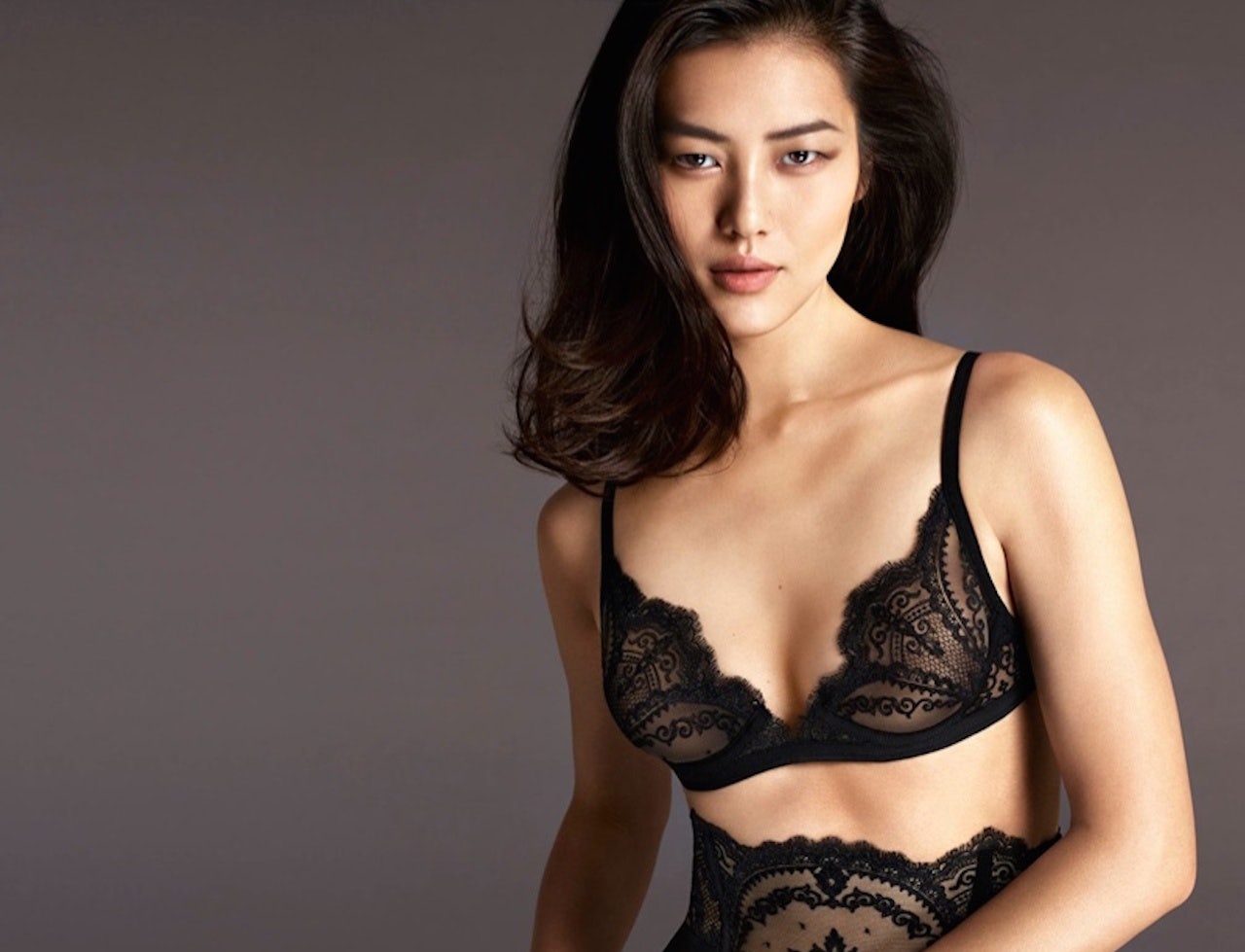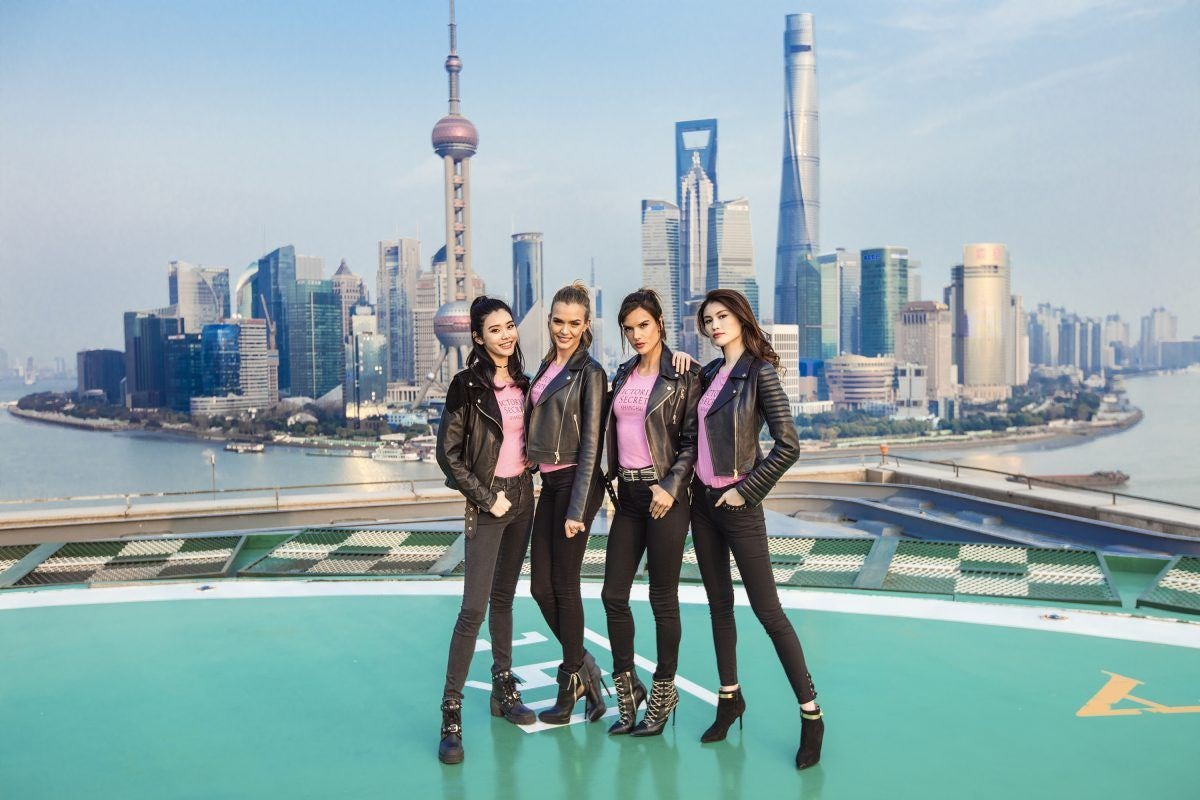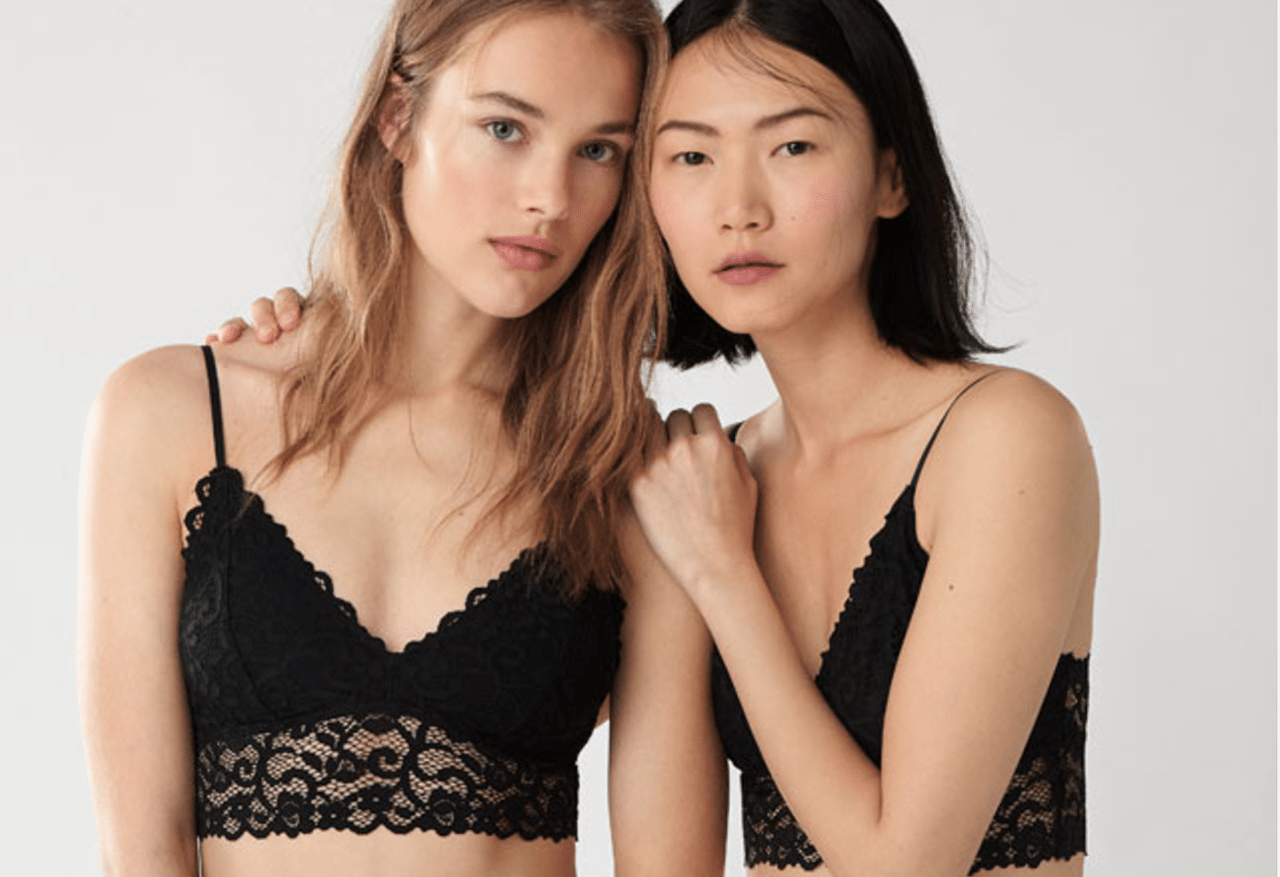Crackdowns on corruption and ostentation by a government uneasy about China’s growing inequalities have dampened consumers’ appetites for conspicuous logos and dazzling jewelry. Concealed beneath their clothes, however, lingerie has become a means for women to indulge in unmitigated luxury.
Euromonitor predicts that China’s underwear retail market will reach 33 billion by 2020 as consumers spend more on their intimate items.
According to market research firm Mintel Group, the amount Chinese women are willing to spend on underwear rose 79% from 2009 to 2013. Women now place more emphasis on the quality of their lingerie, and expect quality pieces to carry a higher price tag. In China, it should be noted, prices for lingerie are lower than abroad; anything over 300 RMB (45 USD), would be considered luxury.
After consulting industry experts, we chose China’s top 10 lingerie brands based on their pricing, market share, and Chinese consumers’ perceptions of them. We’ve listed them here from the newest arrivals to the most established players.

1. BerryMelon#
Functionality is no longer front of mind for the post-85 and post-90s cohorts. Some of the local brands mentioned in this article are seen as “mom brands” for this younger demographic in first tier cities.
“[Most local brands’] style is just so outdated,” says Ke Ma, a post-85 consumer whose average monthly spending is about 30,000 yuan. She said after trying out domestic brands in high-end retail, she chose to discover smaller, independent brands.
Established in April this year, BerryMelon incorporates French design elements into a comfortable fit, with an average price around 1,500 RMB (226 USD). Jenny, the brand’s co-founder says, “for smaller brands, you need to find the right set of consumers.”
In order to attract professional women, her store is set in the center of a busy office area. “Our consumers have either studied abroad or enjoy a bourgeois lifestyle, sometimes traveling to Europe to shop and reward themselves,” Jenny says.
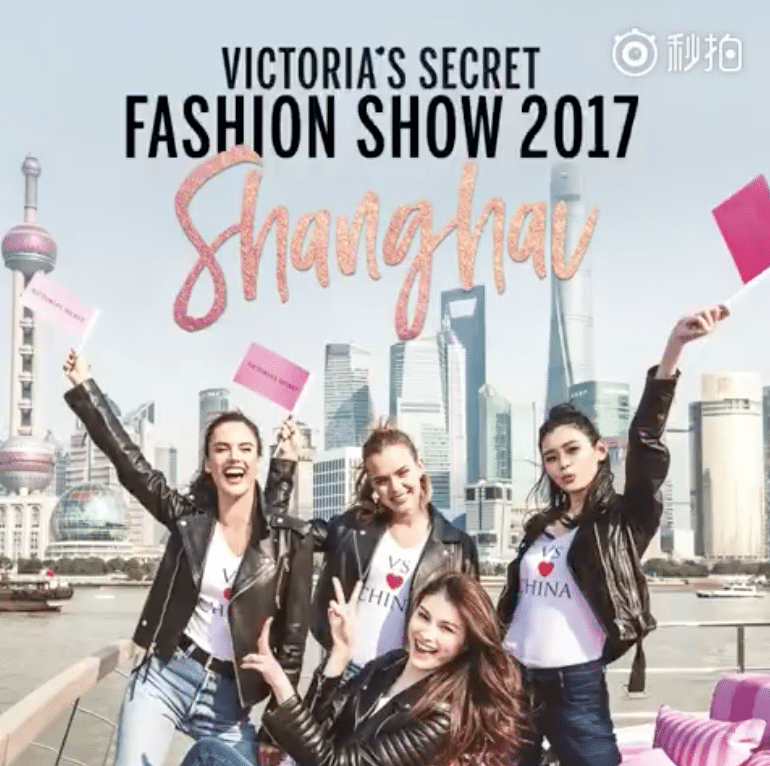
2. Victoria’s Secret#
Victoria’s Secret (维多利亚的秘密) is not considered a luxury brand in the West, but because of its innovative promotional approach, including its star-studded fashion shows, many Chinese consumers see it as high-end. Victoria's Secret's pricing in China ranges from 98 RMB to 500 RMB (15-75 USD).
Victoria’s Secret set up shop in China in 2015, and it has described the country as its most important future market with the US already reaching maturity and European market growth slowing down.
Walking the talk, the brand opened two flagship stores in first-tier cities Shanghai and Chengdu in early 2017, becoming the fourth country where Victoria’s Secret has opened a flagship store, after the US, Canada, and the UK. Victoria’s Secret also launched its official store on Tmall around the same time, with the top-performing products including a bra and underwear set priced at 188 RMB (29 USD) and 98 RMB (15 USD).
In response to an enthusiastic response to Victoria’s Secret’s arrival, Guo Yan, a professor at Beijing Institute of Fashion Technology, said most consumers buy the brand out of curiosity, and it’s too early to say whether it will do a good job adapting to the local market.
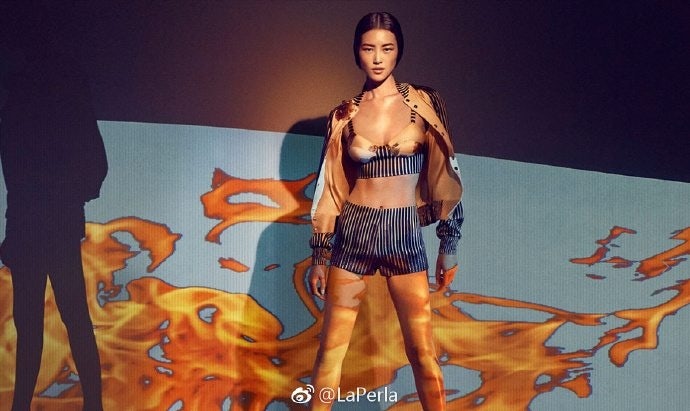
3. La Perla#
Known as the Rolls-Royce of lingerie, La Perla was founded in Italy in 1954. Hiring supermodel Liu Wen as the face of the brand when it first entered the market in 2013, La Perla was quickly made known to Chinese consumers. The brand now has 10 stores in China and is planning to open discount stores in Chengdu and Chongqing, and a male underwear store in the near future.
While many luxury brands are hesitant about selling online, La Perla’s APAC CEO Chiara Scaglia says Tmall is the sales channel that drives the most revenue in China.
In China, La Perla's price point is about 2,000 RMB (300 USD). According to the company, red and pale pink items sell especially well in China.
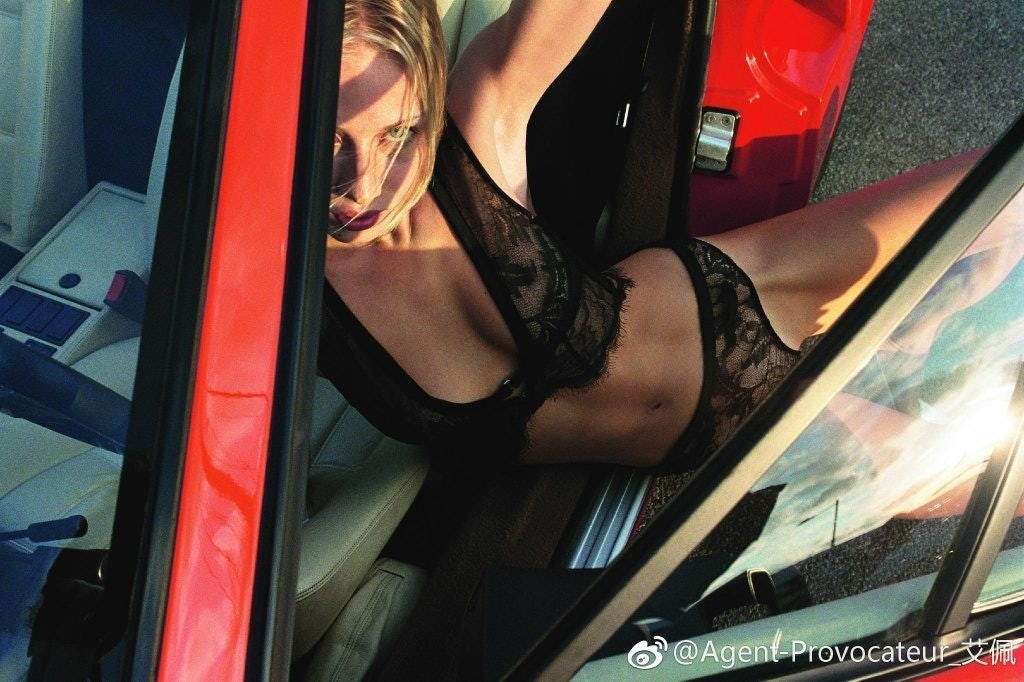
4. Agent Provocateur#
Sharing a similar pricing position as La Perla, London brand Agent Provocateur is famous for its sex appeal. It entered the Chinese market around the same time as La Perla, in 2013, opening stores in Beijing and Shanghai. Now the brand has 13 stores in the greater China region. In an interview with SCMP in 2015, former CEO Garry Hogarth said their China strategy is similar as in Europe and elsewhere because the Chinese clientele is similar to the West.
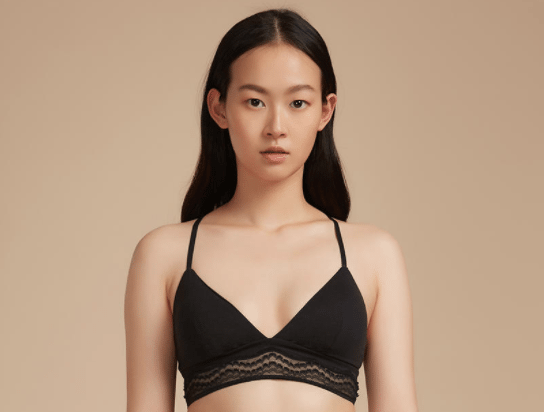
5.#
NEIWAI#
Founded in 2012, NEIWAI(内外) has its eyes on similar consumers to BerryMelon. Founder Liu Xiaolu says most of her consumers are smart, independent working executives. “They often understand how to appreciate quality goods, and know exactly what they themselves want,” said Liu. “That's why once they find a good lingerie brand, they are more likely to stay.”
In addition to putting great emphasis on online sales channels, the brand also periodically hosts offline events. For example, it hosted the women empowerment conference Her Voice Forum and has conducted interviews with loyal consumers, which they called NEIWAI lady, to promote their brand philosophy.
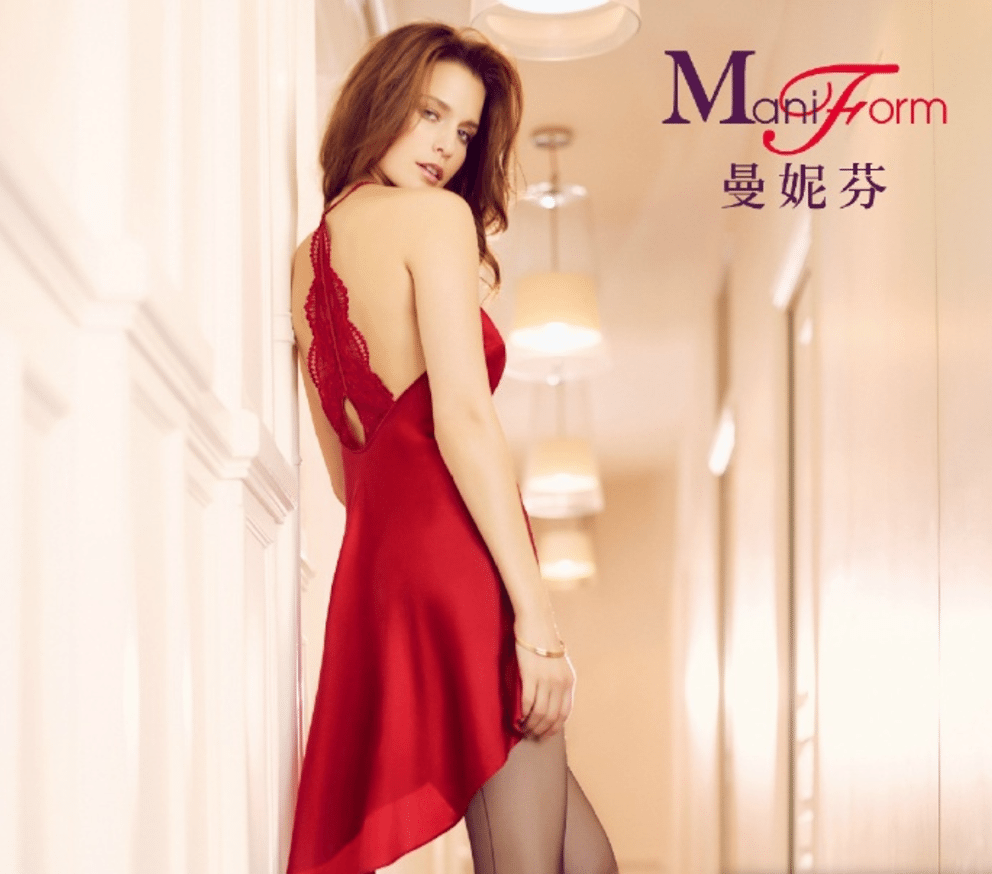
6. Maniform#
Despite the many foreign newcomers, Chinese high-end lingerie is still dominated by a plethora of small local brands such as Maniform (曼妮芬) and Embryform (see below). However, these brands’ growth seems to have hit a ceiling as Chinese consumer tastes evolve. According to Juliette Duveau, founder of forecasting agency The Chinese Pulse, to avoid falling behind in the competition, many local brands “try to refresh with more modern products.”
Since opening its first store in Beijing in 1996, Maniform has established itself towards the high end of the market. The brand is known for integrating traditional Chinese design elements such as dragons and phoenixes, as well as being the first to embrace thermal underwear.
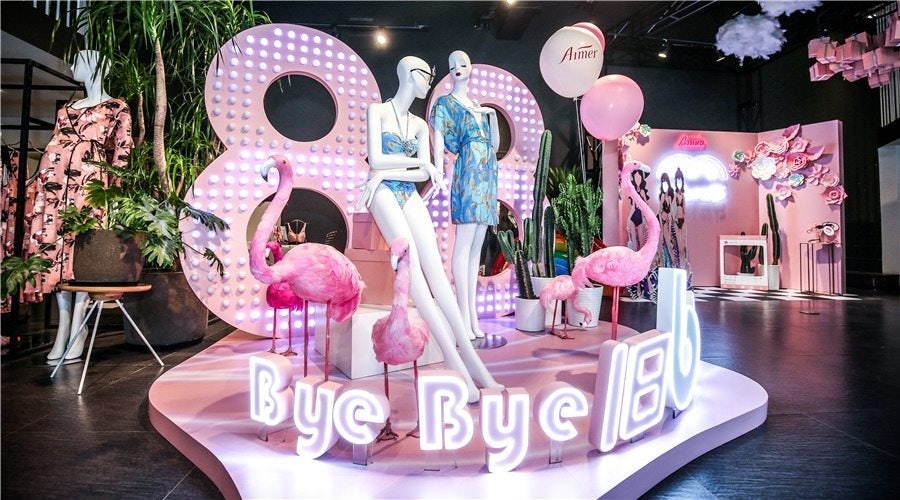
7. Aimer Group#
Founded in 1993, Aimer (爱慕) started as a mass market brand offering underwear for women of all ages, men, and children, all of which could be purchased on their website. With an eye on the luxury market, Aimer launched La Clover in 2004, which now has more than 60 stores in Chinese luxury malls. A nightdress from La Clover could run up to 6,000 RMB (900 USD).
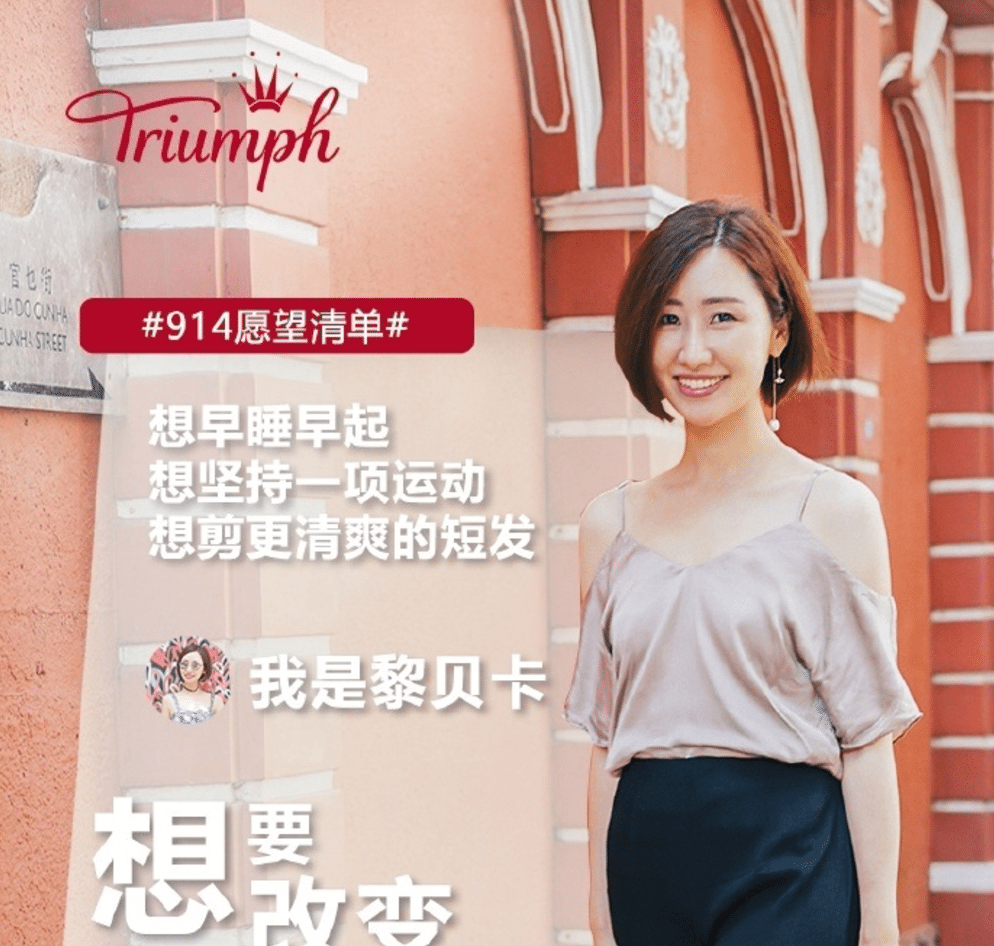
8. Triumph International#
Founded in Germany in 1886, Chinese consumers often assume Triumph (黛安芬) is a local brand because its presence in China stretches back to 1992. Triumph isn’t perceived as quite as high-end as La Perla or Agent Provocateur,
but its pricers are often higher, and many of its more than 1,000 Chinese stores are located in luxury malls. Different product ranges include Triumph (average price around 200 RMB), sportswear line Triaction (average price around 300 RMB), and luxury line Triumph Essence (200—800RMB). The brand also worked with top KOL Becky Li to attract a younger demographic.
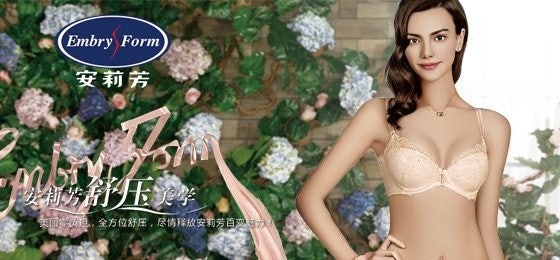
9.#
Embryform#
Founded in Hong Kong in 1975, Embryform (安莉芳) provides lingerie for women of all ages. It has more than 1,770 retail stores in over 180 cities, making it a dominant player in the local market. Broadening their appeal, Embryform frequently offers discounts to its members via Tmall.
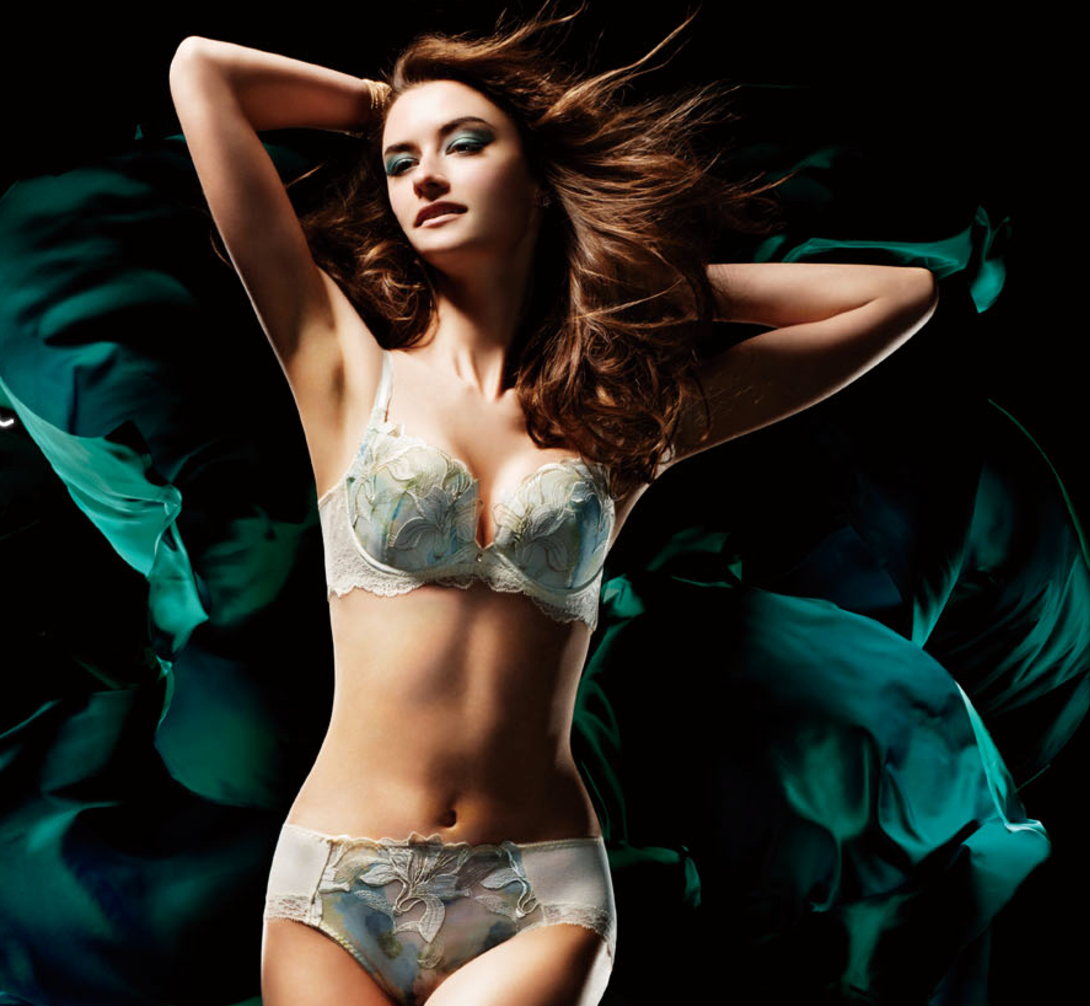
10. Wacoal#
Wacoal’s (华歌尔) designs reflect its Japanese origins, with an emphasis on floral prints, lace and comfort. Having entered China way back in 1986, its popularity is comparable to many Chinese local brands. Wacoal takes pride in its knowledge of Chinese consumers as it has a local team focus on product research and development. It also worked with Chinese celebrities like actress Li Xiaolu and Zhang Jingzhu to boost its local image.
